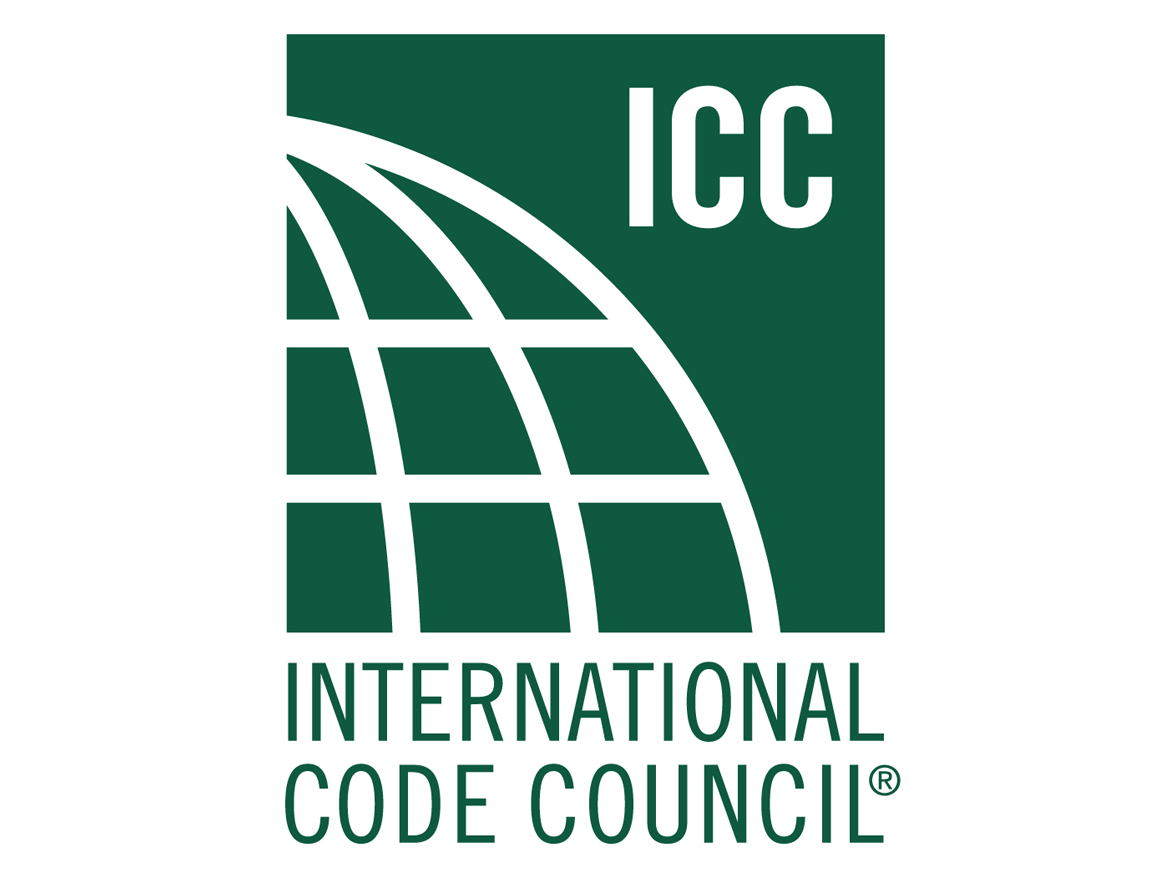Reducing Operational Carbon Emissions and Increasing Energy Efficiency with Solar Air Heating
A transpired solar collector is part of a fresh air heating system
Sponsored by ATAS International, Inc. | Presented by Christian Vachon
Webinar On-Demand
During this webinar, we will discuss the benefits of solar air heating metal wall panels and how they can contribute to a more energy efficient building, while also reducing operational carbon emissions.

Photo courtesy of ATAS International, Inc.
 |
Christian Vachon has over 20 years of experience in the renewable energy business, mostly in solar thermal, PV and air heating systems. His work with engineers, architects and HVAC contractors led to the design, sales and installation of close to 2,000,000 ft of solar air collectors around the world, in a wide variety of applications: building space heating, industrial processes, institutional and commercial buildings, military facilities, produce and wood dryers, agricultural barns, residential heating, and ventilation systems. He holds a Master’s in renewable energy engineering from the University of Melbourne, Australia and has worked in France, Austria, Australia and Canada, making him the perfect product specialist for solar technology. He joined the ATAS team to provide strong engineering and sales support for promoting the InSpire solar air collector internationally. |
Founded in 1963, ATAS International, Inc. is a leading manufacturer of metal wall cladding, metal roofing, ceilings, perimeter edge metal, and accessories. The ATAS portfolio features an expansive selection of products available in aluminum, steel, zinc, stainless steel, and copper. Standard profiles include ribbed wall panels, corrugated styles, standing seam and batten seam roof systems, metal shingles, shakes, tiles, and more. With sustainability at the forefront of modern building design, ATAS proudly supports green building objectives with solar-ready roof panels, insulated metal panels, cool roofing products, and solar air heating wall panels. The ATAS team consists of product and market specialists that provide a high level of support for your project. ATAS has four ISO certified manufacturing locations in the United States: two in Allentown, PA, one in Mesa, AZ., and they have recently added a new manufacturing location in University Park, IL. Learn more about the ATAS product line, service offerings, and continuing education programs: www.atas.com | 610.395.8445
Originally published in Architectural Record
Originally published in September 2024
LEARNING OBJECTIVES
- Discuss solar air heating principles and how they contribute to a sustainable building.
- Explain how energy efficient transpired solar collectors function and the design considerations.
- Recognize how outside ventilation air is preheated and brought into a building, improving indoor air quality.
- Realize the operating carbon reduction of a building with the use of transpired solar collectors.












